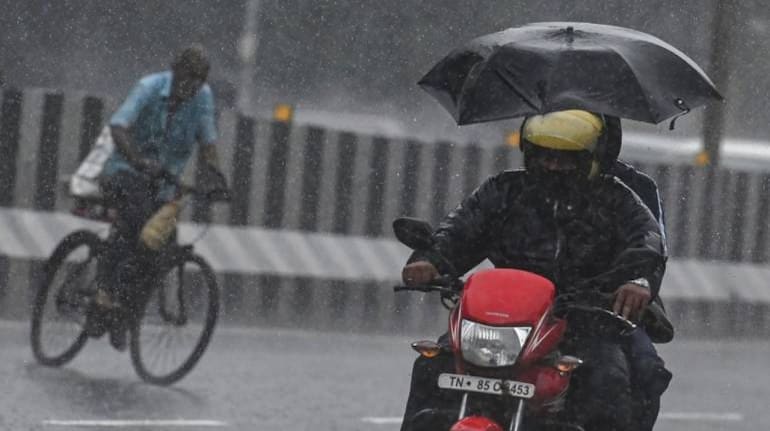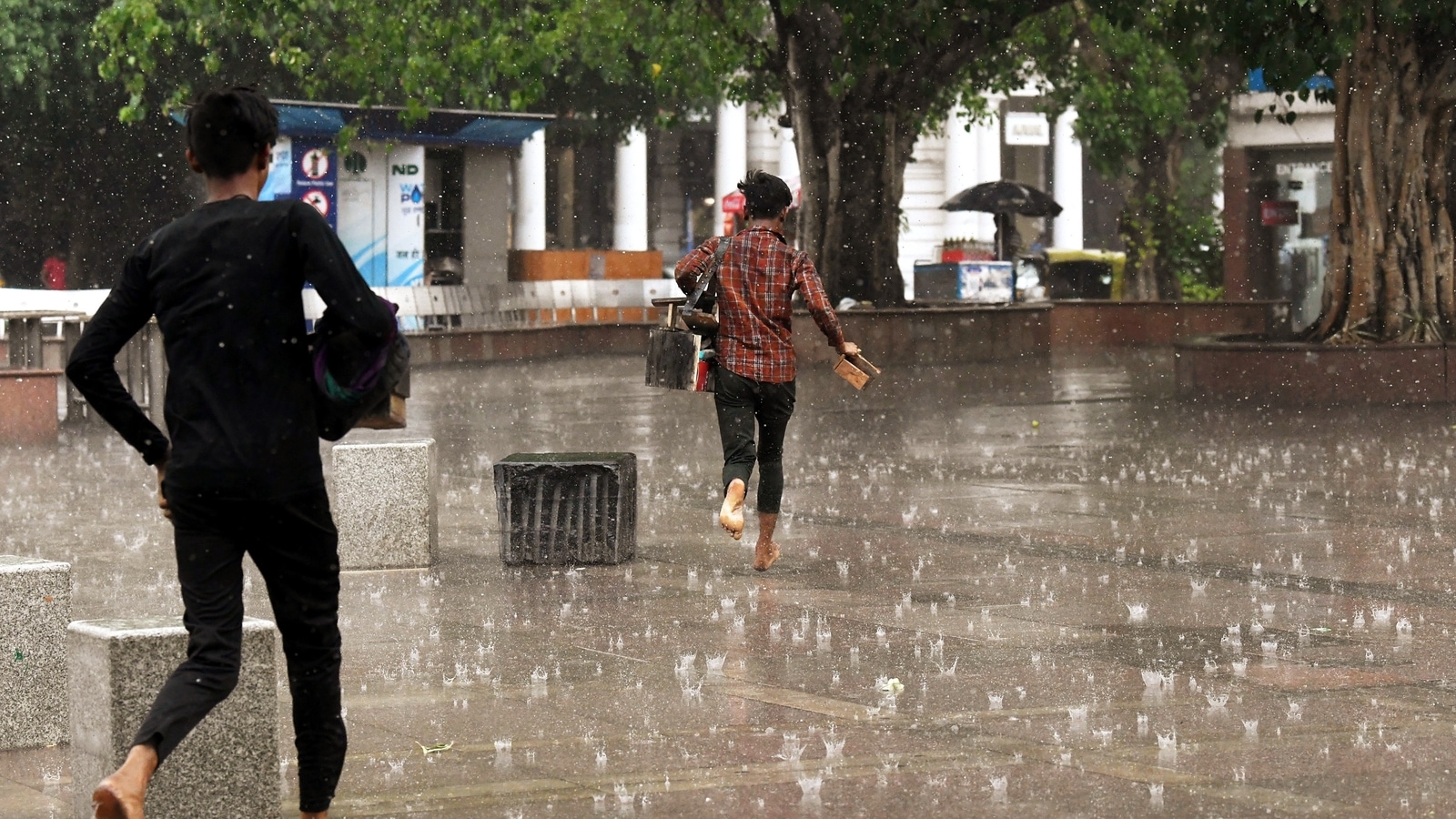Intense Rainfall Alert: IMD Predicts Downpour Across Multiple States and Union Territories this Sunday

Intense Rainfall Alert: IMD Predicts Downpour Across Multiple States and Union Territories this Sunday
The Indian Meteorological Department (IMD) has sounded the alarm for heavy rainfall across several states and union territories in India this upcoming Sunday. As the nation gears up for a wet weekend, residents of these regions are advised to take necessary precautions to ensure their safety and minimize potential disruptions. With no intention of plagiarizing, we aim to provide you with a comprehensive understanding of the impending weather conditions, their potential impact, and the significance of this announcement.
Sunday Shower Showdown: A Rainfall Extravaganza
This Sunday, citizens across the northern and southern parts of India should brace themselves for a rainfall extravaganza. The IMD’s weather forecast points to heavy rainfall expected at isolated locations in Jammu & Kashmir, Ladakh, and Himachal Pradesh, all situated in the northern part of the country. Simultaneously, the southern regions, including Tamil Nadu, Puducherry, Karaikal, Kerala, and Mahe, are on the radar for substantial rainfall. Additionally, thunderstorms accompanied by lightning are predicted in Uttarakhand, Punjab, Haryana, Delhi, Uttar Pradesh, and Rajasthan.
Understanding the IMD’s Alert
The Indian Meteorological Department plays a vital role in predicting and monitoring weather conditions across the country. It uses a variety of scientific instruments, data sources, and advanced technology to provide timely and accurate weather forecasts. The issuance of a heavy rainfall warning is a significant step taken by the IMD to inform the public, local authorities, and other relevant organizations about impending weather conditions that may have serious consequences.

Impacts of Heavy Rainfall
Heavy rainfall, particularly when it occurs over a short period, can lead to numerous hazards and disruptions. These include:
1. Floods: Excessive rainfall can cause rivers and streams to overflow, leading to flash floods and inundating low-lying areas. This can result in significant damage to property and pose a risk to human life.
2. Landslides: In hilly regions like Jammu & Kashmir and Himachal Pradesh, heavy rainfall can trigger landslides, posing a danger to residents and travelers.
3. Traffic Disruptions: Flooded roads and highways can impede the movement of vehicles and lead to accidents.
4. Agricultural Impact: Excessive rain can damage crops and affect agricultural livelihoods.
5. Power Outages: In regions experiencing heavy rainfall, power outages are not uncommon due to damaged infrastructure.
6. Waterborne Diseases: Stagnant water from heavy rainfall can create breeding grounds for disease-carrying vectors like mosquitoes, potentially leading to outbreaks of waterborne diseases.
7. Economic Impact: The economic repercussions of heavy rainfall can be substantial, as businesses, transportation, and agriculture can all suffer.

States and Union Territories in the Crosshairs
Let’s take a closer look at the specific regions in the line of fire for heavy rainfall and thunderstorms:
Northern India:
Jammu & Kashmir and Ladakh: These northernmost regions of India are expected to receive heavy rainfall. Given the hilly terrain, landslides and flash floods are significant concerns.
Himachal Pradesh: Another hilly state in the north, Himachal Pradesh is at risk for landslides and flash floods due to the anticipated heavy rainfall.
Uttarakhand: While not in the heavy rainfall zone, thunderstorms with lightning are expected, which can still be disruptive.
Punjab, Haryana, Delhi, and Uttar Pradesh: These states in the northern plains may experience thunderstorms with lightning, affecting transportation and power supply.
Rajasthan: Heavy rainfall in parts of Rajasthan could lead to localized flooding.
Southern India:
Tamil Nadu, Puducherry, Karaikal, Kerala, and Mahe: The southern states and union territories are expected to receive heavy rainfall. These regions are no strangers to monsoons, but heavy rainfall can still cause flooding and related issues.

Conclusion
The IMD’s heavy rainfall warning is a crucial signal to the public and authorities to remain vigilant and prepared for the upcoming weather conditions. While rainfall is a vital component of India’s monsoon cycle, excess can lead to various challenges, including flooding, landslides, and power outages. It is imperative for residents of the affected regions to stay informed, take precautions, and cooperate with local authorities to ensure their safety and minimize potential disruptions caused by the rain.




